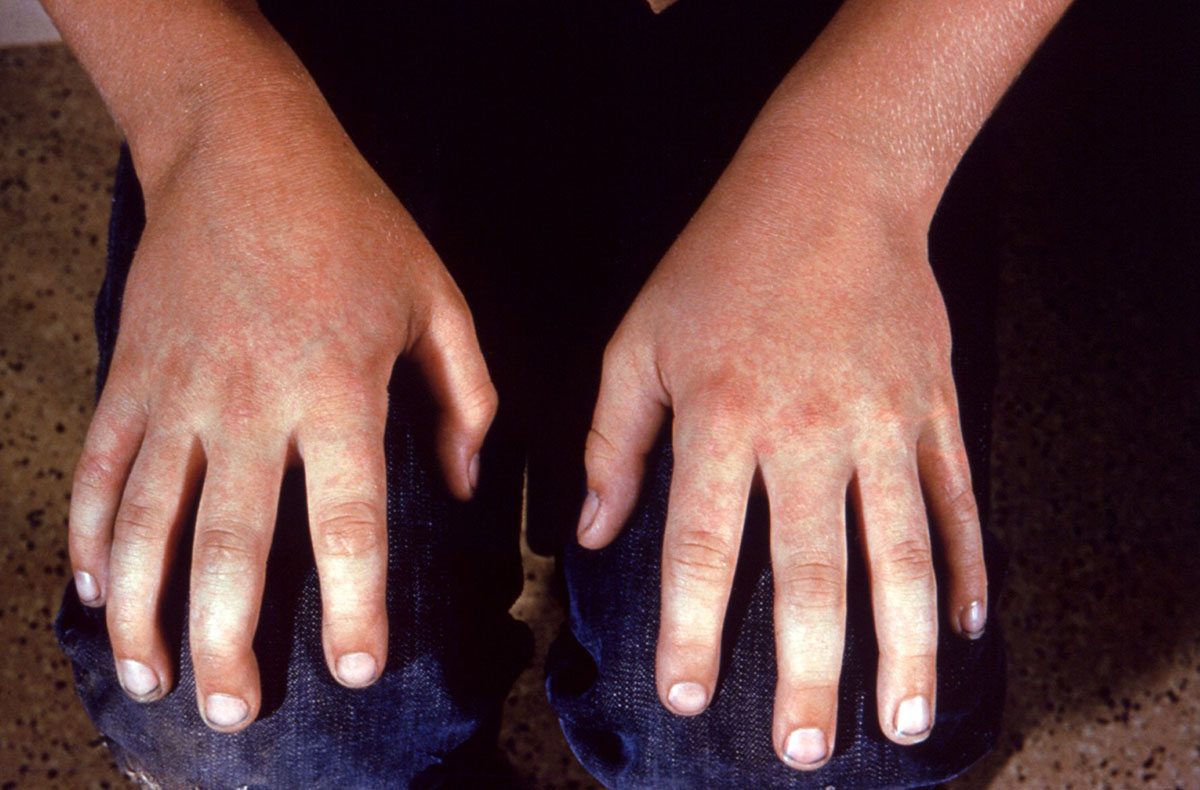
COPD
Causes of COPD
Cause of this disease occurrence is a combination of effects of various internal and external factors. Actions of these factors are intertwined, so usually it is not known which of them has a decisive influence.Internal (endogenous) factors that depend on patients include hyperreactivity (increased sensitivity) of respiratory tract, less developed lung function and genetically caused lack of alpha antitrypsin, which role is to protect lung tissue.
The number of external (exogenous) factors that affect the occurrence of COPD is increasing. These include smoking (both active and passive), heavy infection in childhood that led to respiratory tract inflammation, air pollution, and allergens. The impact of bad housing and poor nutrition are also important.
All these factors lead to hypersecretion, mucosal damage and stagnation of mucus. Phlegm stagnation favors bacterial growth, and inflammation increases the secretion even more.
Symptoms
Symptoms usually occur in the fourth decade of life among smokers, and in the fifth decade in non-smokers. The main symptoms are cough accompanied with expectoration and difficult breathing (dyspnea).
The first symptom of the disease is an occasional cough accompanied with wheezes in the chest. Later, the cough is present every day, rarely only at night. At the beginning of the disease, difficult breathing occurs only with effort, and later it is present all the time. Worsening of the disease leads to increased expectoration. The amount and appearance of the mucus (sputum) is different. It becomes thicker and pale green, and sometimes stinks.
Diagnosis
Diagnosis is based on an objective review (findings of whistling in the chest, prolonged expiratory flow and impaired respiratory noise), X-ray findings and spirometry. COPD is similar to asthma, but asthma occurs before (in youth or childhood), symptoms are more prominent at night or before dawn, some of allergic diseases are usually present and there are asthmatics in the patient's family.Therapy
The main goal of treatment is preventing the occurrence of symptoms and their removal, reducing the frequency and severity of exacerbations (periods of disease worsening) and the improvement of symptoms tolerance. Essential medicines for the symptoms removal are bronchodilators; they are best applied in the form of aerosols (pumps). They include beta two agonists (salbutamol and fenoterol), anticholinergics (ipratropium bromide) and methylxanthines.Corticosteroids have anti-inflammatory effect. They are used in the form of aerosols, while pills and injections are applied only in the case of infection deterioration.
Antibiotics are used rarely and only in the case of exacerbation.
Regular vaccination against influenza is recommended, because it significantly reduces the severity of disease and mortality.
In severe cases, oxygen is used.
The rehabilitation consists of physical exercises, breathing exercises and expiratory flow extending (expiration).


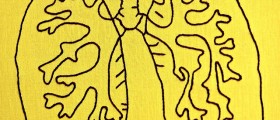
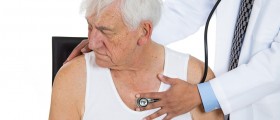

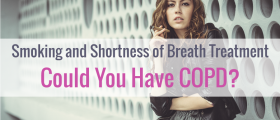










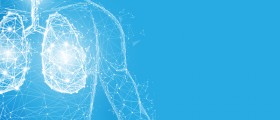
Your thoughts on this
Loading...